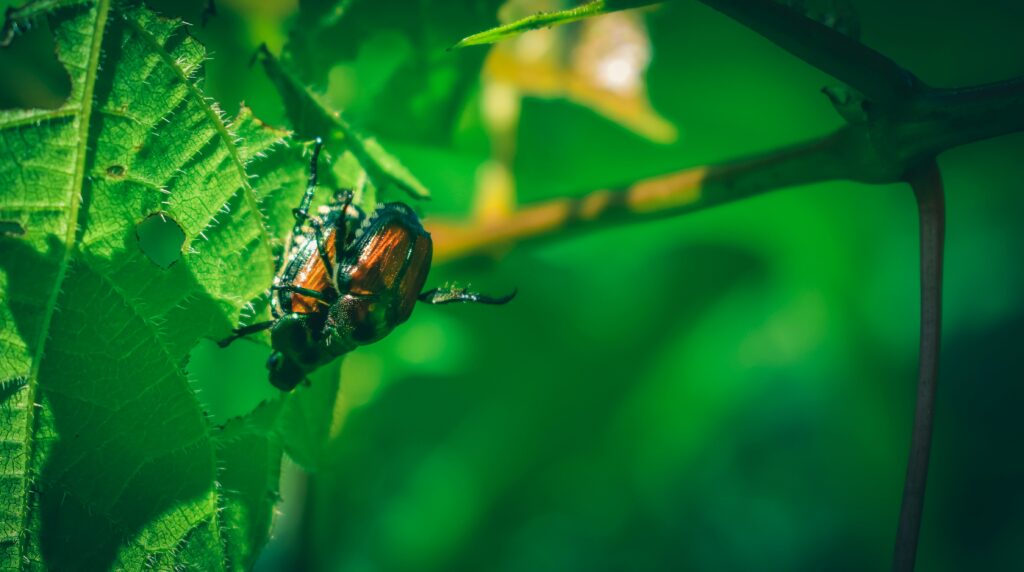
Imagine having a garden full of beautiful and healthy plants, only to see them slowly wither away due to unseen parasites. It’s every farmer’s worst nightmare! Plant parasites are a real problem in agriculture, and they can have devastating effects on the crops. However, not all parasites are harmful, and some of them can even play an important role in keeping the ecosystem balanced. In this article, we will explore the fascinating world of plant parasites and their impact on agriculture.
The Not-So-Friendly Neighborhood Plant Parasites!
Plant parasites are organisms that feed on plants, causing damage and sometimes even killing them. They include insects, fungi, bacteria, viruses, nematodes, and even larger organisms like rodents and deer. These parasites can infect plants at any stage of growth, from seedlings to mature plants, and can cause a wide range of symptoms, such as wilting, yellowing, stunted growth, and even death. Parasites can also reduce the quality and quantity of yield, which can have a significant impact on the farmer’s income.
How Plant Parasites Play an Important Role in Agriculture
Although plant parasites are often seen as a nuisance, they actually play an important role in maintaining a healthy ecosystem. Parasites help regulate plant populations, control weed growth, and recycle dead plant material. They also serve as a food source for many other organisms, such as birds, insects, and mammals. In addition, some parasites are used for biocontrol, which is the use of natural enemies to control pests. For example, ladybugs are often used to control aphids, which can damage crops.
Let’s Get to Know the Most Common Plant Parasites
There are thousands of plant parasites in the world, but some are more common than others. Some of the most common plant parasites include aphids, thrips, whiteflies, spider mites, powdery mildew, rust, and blight. Aphids are small insects that suck the sap out of plants, causing them to wilt and deform. Thrips are tiny insects that feed on leaves, flowers, and fruits, leaving behind scars and deformations. Whiteflies are small insects that suck the sap out of plants, causing them to yellow and wilt. Spider mites are tiny arachnids that feed on leaves and cause them to turn yellow and fall off. Powdery mildew is a fungal disease that causes white, powdery patches on leaves. Rust is a fungal disease that causes orange or brown spots on leaves, while blight is a bacterial disease that causes wilt and death of plants.
The Ultimate Solution to Combat Against Plant Parasites
Prevention is always better than cure when it comes to plant parasites. Farmers can take several steps to prevent parasitic infestations, such as crop rotation, sanitation, and the use of resistant varieties. They can also use natural controls, such as insect predators, parasites, and pathogens. Chemical controls, such as pesticides and fungicides, should be used as a last resort, as they can have negative effects on the environment and human health. In conclusion, plant parasites are a real problem in agriculture, but they can also play an important role in keeping the ecosystem healthy. By taking preventive measures and using natural controls, farmers can reduce the impact of parasitic infestations and ensure a healthy crop yield.
We hope that this article has given you a better understanding of plant parasites and their impact on agriculture. Remember that prevention is the key to combatting plant parasites, and natural controls are always the best solution. So, the next time you see a tiny insect on your plants, don’t panic – it might just be doing its job in the ecosystem!
